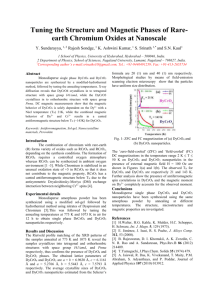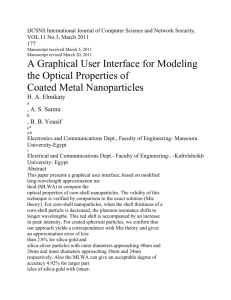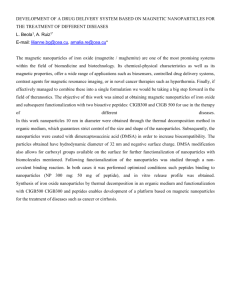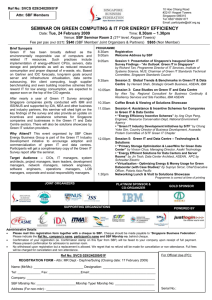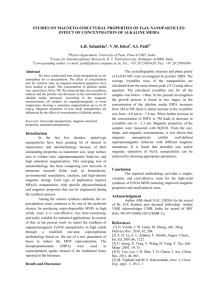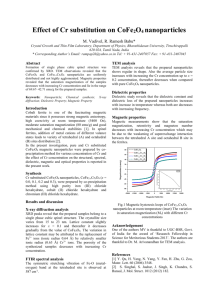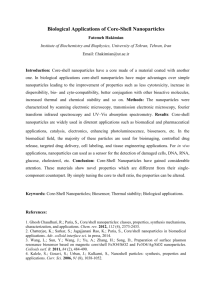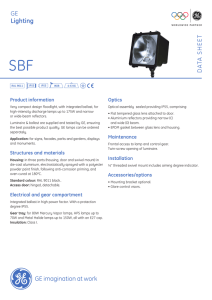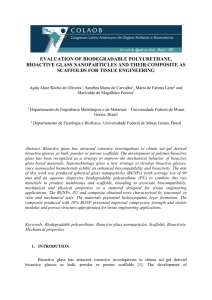Spin polarized transport in semiconductors * Challenges for
advertisement
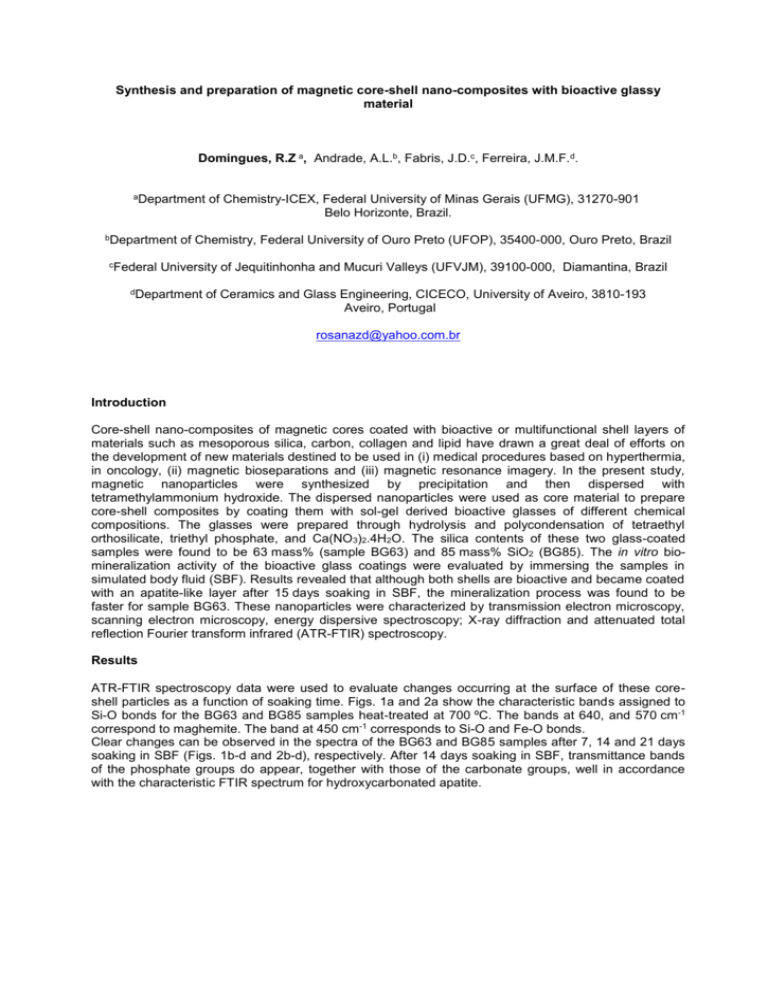
Synthesis and preparation of magnetic core-shell nano-composites with bioactive glassy material Domingues, R.Z a, Andrade, A.L.b, Fabris, J.D.c, Ferreira, J.M.F.d. aDepartment bDepartment cFederal of Chemistry-ICEX, Federal University of Minas Gerais (UFMG), 31270-901 Belo Horizonte, Brazil. of Chemistry, Federal University of Ouro Preto (UFOP), 35400-000, Ouro Preto, Brazil University of Jequitinhonha and Mucuri Valleys (UFVJM), 39100-000, Diamantina, Brazil dDepartment of Ceramics and Glass Engineering, CICECO, University of Aveiro, 3810-193 Aveiro, Portugal rosanazd@yahoo.com.br Introduction Core-shell nano-composites of magnetic cores coated with bioactive or multifunctional shell layers of materials such as mesoporous silica, carbon, collagen and lipid have drawn a great deal of efforts on the development of new materials destined to be used in (i) medical procedures based on hyperthermia, in oncology, (ii) magnetic bioseparations and (iii) magnetic resonance imagery. In the present study, magnetic nanoparticles were synthesized by precipitation and then dispersed with tetramethylammonium hydroxide. The dispersed nanoparticles were used as core material to prepare core-shell composites by coating them with sol-gel derived bioactive glasses of different chemical compositions. The glasses were prepared through hydrolysis and polycondensation of tetraethyl orthosilicate, triethyl phosphate, and Ca(NO3)2.4H2O. The silica contents of these two glass-coated samples were found to be 63 mass% (sample BG63) and 85 mass% SiO2 (BG85). The in vitro biomineralization activity of the bioactive glass coatings were evaluated by immersing the samples in simulated body fluid (SBF). Results revealed that although both shells are bioactive and became coated with an apatite-like layer after 15 days soaking in SBF, the mineralization process was found to be faster for sample BG63. These nanoparticles were characterized by transmission electron microscopy, scanning electron microscopy, energy dispersive spectroscopy; X-ray diffraction and attenuated total reflection Fourier transform infrared (ATR-FTIR) spectroscopy. Results ATR-FTIR spectroscopy data were used to evaluate changes occurring at the surface of these coreshell particles as a function of soaking time. Figs. 1a and 2a show the characteristic bands assigned to Si-O bonds for the BG63 and BG85 samples heat-treated at 700 ºC. The bands at 640, and 570 cm-1 correspond to maghemite. The band at 450 cm-1 corresponds to Si-O and Fe-O bonds. Clear changes can be observed in the spectra of the BG63 and BG85 samples after 7, 14 and 21 days soaking in SBF (Figs. 1b-d and 2b-d), respectively. After 14 days soaking in SBF, transmittance bands of the phosphate groups do appear, together with those of the carbonate groups, well in accordance with the characteristic FTIR spectrum for hydroxycarbonated apatite. Fig. 1. ATR-FTIR spectra of BG63 heat-treated at 700 ºC, before (a), and after immersion in SBF for: 7 days (b); 14 days (c); 21 days (d). Fig. 2. ATR-FTIR spectra of BG85 heat-treated at 700ºC, before (a), and after immersion in SBF for: 7 days (b); 14 days (c); 21 days (d). Conclusion The magnetic core nanoparticles were efficiently coated with bioglass shells by a sol-gel approach conferring them a hydrophilic character. The in vitro studies in SBF aimed at predicting the in vivo mineralization behaviour of the bioglass coated magnetic nanoparticles. They revealed that the formation of a hydroxycarbonate apatite-like layer occurred in both systems, being somewhat faster when the shell layer is less rich in silica. Keywords: Magnetic nanoparticles; Mössbauer spectroscopy; hyperthermia. Acknowledgments: Work financially supported by CNPq FAPEMIG and CAPES (Brazil).

